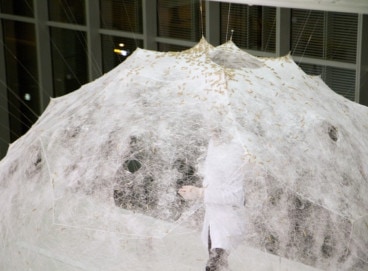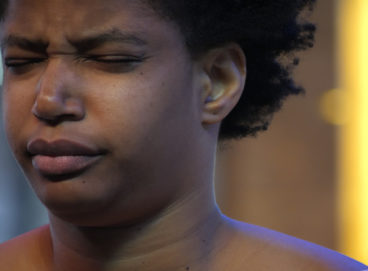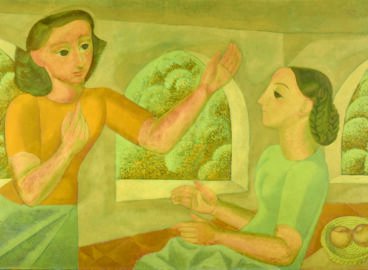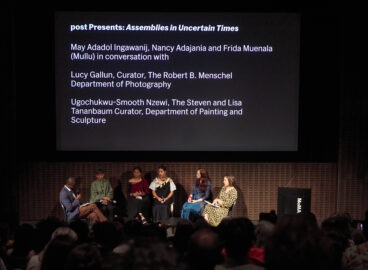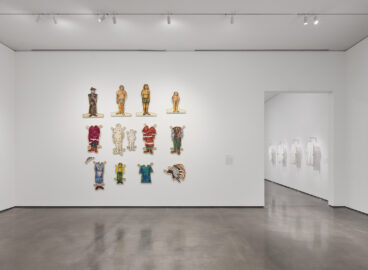This conference series, organized by the Cisneros Institute, looks at the history of water management in the Americas through the interdisciplinary work of artists, theorists, historians, and local communities.
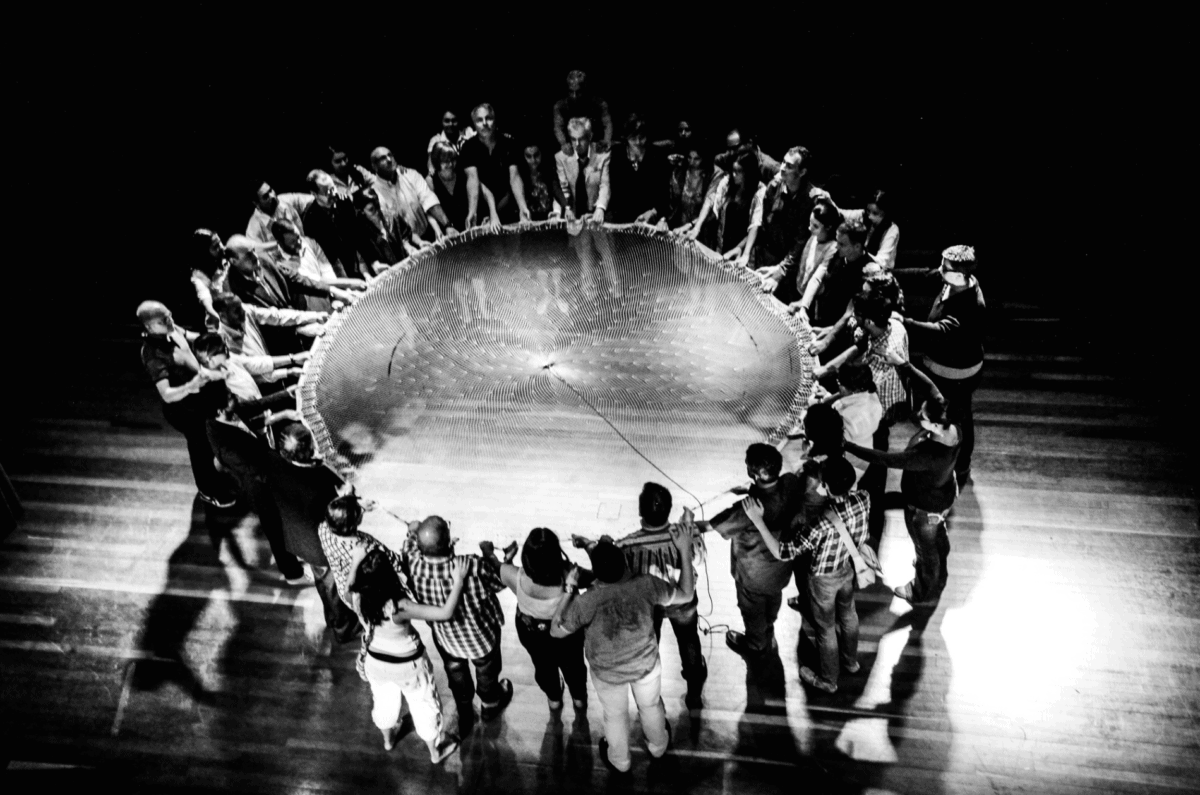
In a reexamination of the concept of EcoDomia—a combination of the aesthetic, the social, and the ecological that theorist Ignacio Valero has called “the aesthetic of the commons”—Digna Rabia and Moral Hazard aims to help construct a common oral architecture that envisions what awaits future generations. Live-streamed on August 11, 2020, this intergenerational dialogue between Valero and Colombian artist Carolina Caycedo revolves around making art and meaning on the basis of the complex cluster that is feeling-being-body today. It is grounded in a carnal history tied to Caycedo’s current research on the aesthetic of the first debt titles issued in the Americas, documents that attest to the subjugation of the Black body. Together, Caycedo and Valero, along with moderator Camila Marambio, reflect on how to halt the splitting of the body understood as territory, as water, as sensuality, as (labor) force, and as monument to enslavement.
Digna Rabia and Moral Hazard is the first part of Cumbre Aconcagua (The Aconcagua Summit), a series of three conversations, or confabulaciones (confabulations), that take the subject of water as its guiding thread. Conceived by guest curator Camila Marambio, the conference looks at the history of water management in the Americas through the interdisciplinary work of artists, theorists, historians, lawyers, ecofeminists, scientists, and local communities. It features artists whose work has such aquatic themes at its core to consider ways of conceiving of nature as an entity to be respected, rather than a resource to be exploited.
Cumbre Aconcagua is the first of a series of conferences that the Cisneros Institute is dedicating to the study of the relationship between the arts and the environment in Latin America. You can learn more about the the Cisneros Institute programs here.
